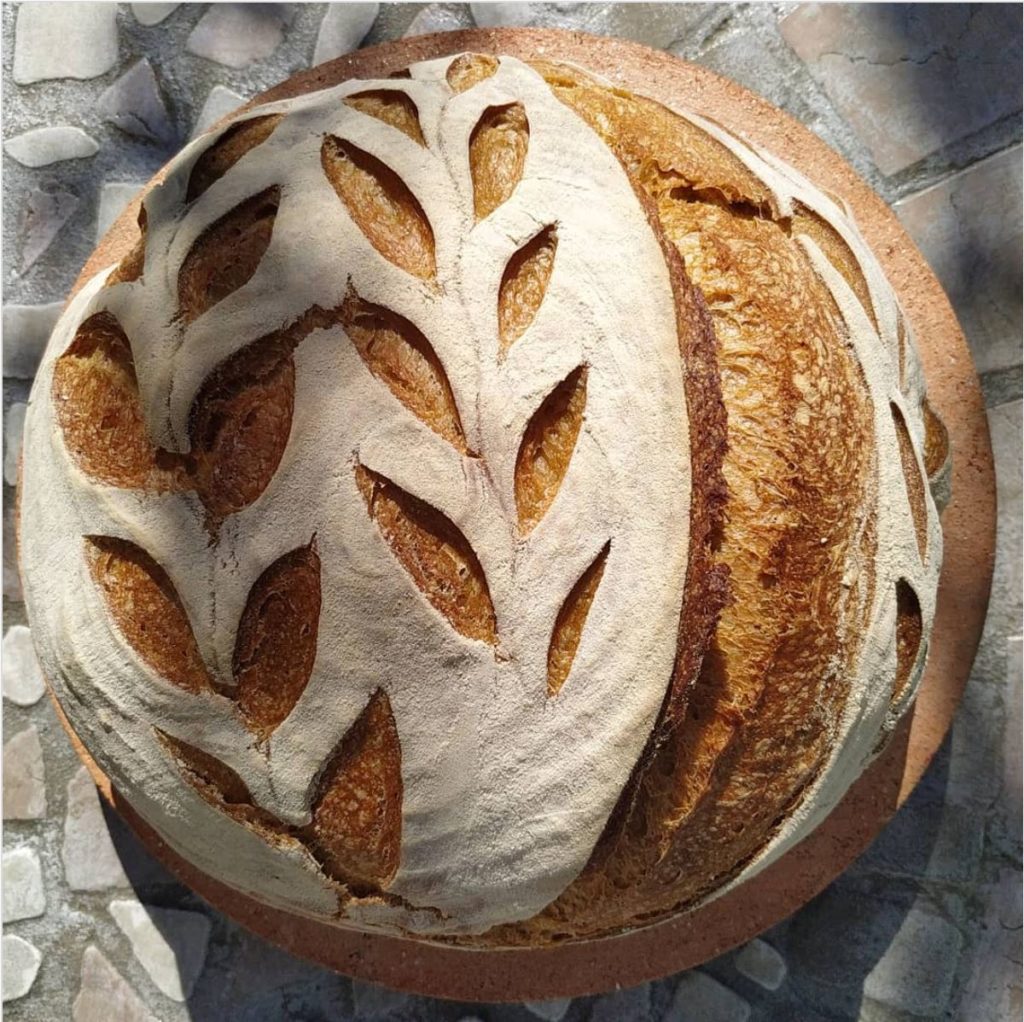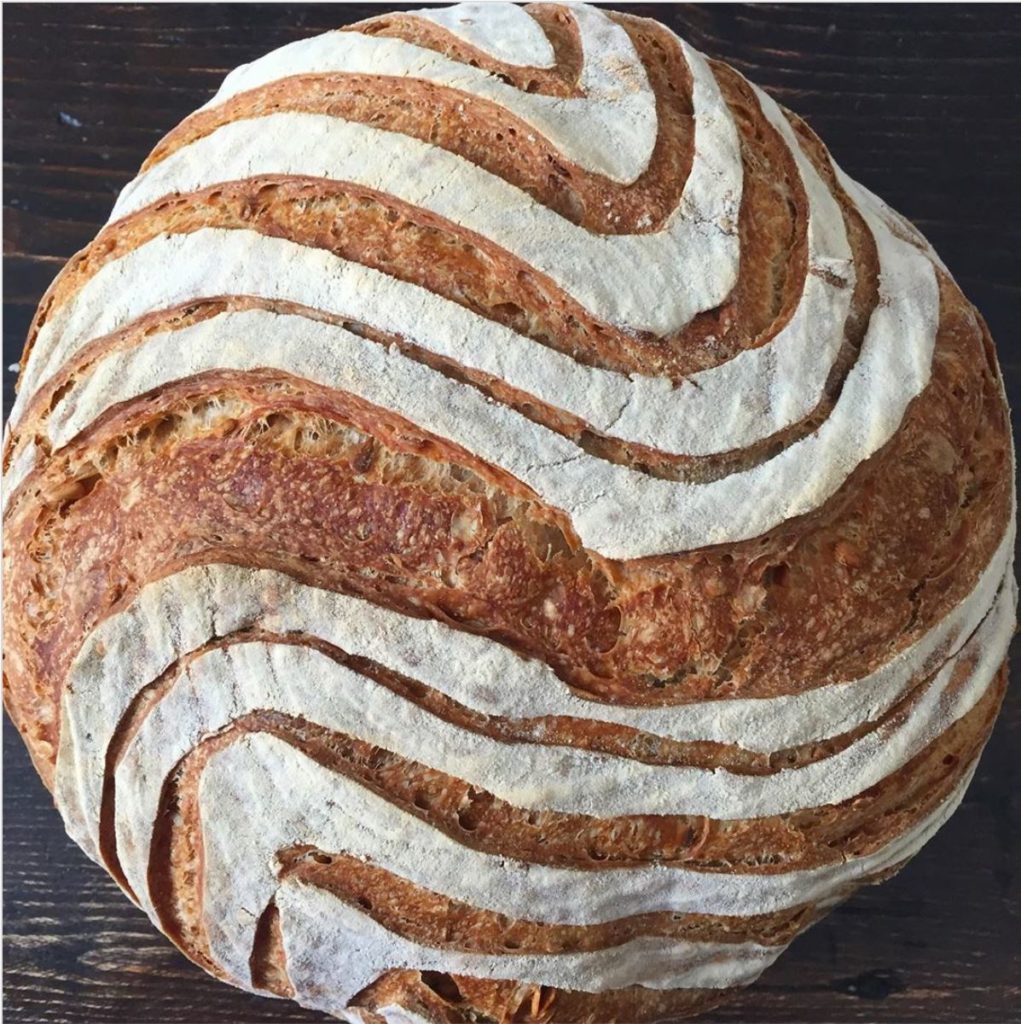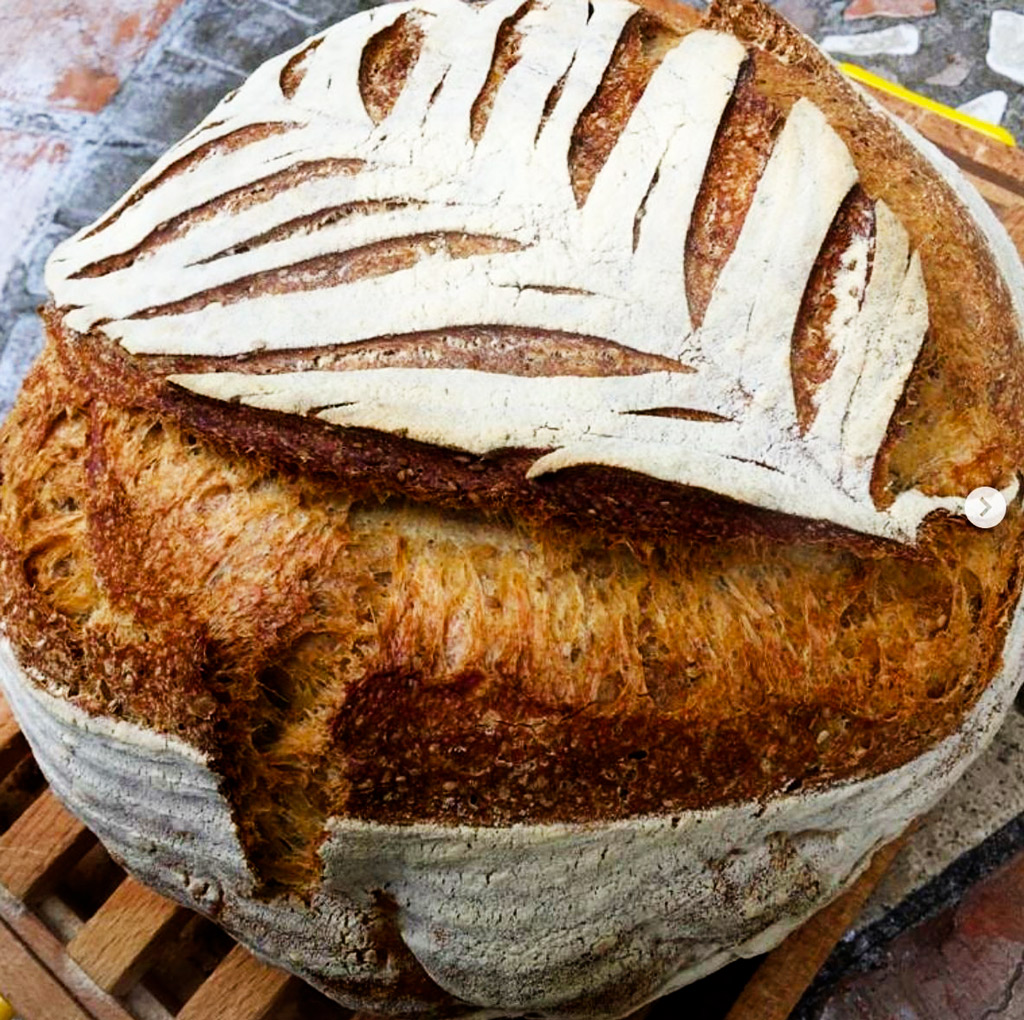Preface 2023
Preface – magazine 2023 A contemporary magazine feeds upon dynamism and vigour. It instantly perceives the inputs deriving from the readers and evolves, offering its best at...
Preface – magazine 2023 A contemporary magazine feeds upon dynamism and vigour. It instantly perceives the inputs deriving from the readers and evolves, offering its best at...
We have spent the quarantine with our hands in the dough and we know more about yeast and flour. We now want to take a small trip to discover the “good smell” in...
In early June, more than 2300 years will have passed since the death of Alexander the Great; in fact, the Macedonian king died in 323 B.C., at 32, after a very short illness. The...
At the port of Livorno, no one had noticed the rustling of that bulky cloak. Blessed by the most desiring stars, the curved shape of Settimontano Squilla was embarking on a...
Interview with Dr Enrico Chiavacci, Marketing Director at Marchesi Antinori. In the time of Covid-19. A distanced interview with Dr Enrico Chiavacci, Marketing Director at...
An encounter with the agronomist Sonia Donati The clear blue sky, the approaching spring light and the vision of Florence from the rooftop bar where we meet: it all looks like a...
A Sicilian story Every Friday, I have dinner with tuna salad. For years now. This weekly ritual also carries a previous phase: the purchase of cans, caskets of fish. I’m not...
An encounter with Paolo Baracchino Excellent wine critic “I hate wood. I hate the overloading feeling of wood, which must be of help in the blend and not hide any...
The rigorous and meticulous Immanuel Kant, the milestone of modern philosophy, pleasure and pain of high school students, also had its own detailed “gastronomic...
An interview with Dr Andrea Sodaro It is always a joy when Andrea Sodaro and I get in touch or meet. We have known each other for many years, since after he got his high school...
The garden of Daniel Spoerri, Founder EAT ART Old maps register it under the name of “Il Paradiso”. We are on the slopes of Monte Amiata, in front of the picturesque...
We have spent the quarantine with our hands in the dough and we know more about yeast and flour. We now want to take a small trip to discover the “good smell” in literature, too.
The magic of bread will originate from an unfinished collection of poems by Daniel Varujan.In The Song of the Bread, about 30 poems, the Armenian poet recounts the production and processing of bread, the ploughing of the fields, the sowing, all the phases that lead to threshing through the spring rains, or the sunny days, to the barn and mill where the blessing made the bread sacred. Throughout the cycle of bread, the entire rhythm of life unfolds.
Tonight we come to you, singing of bread,
along the path of the farmyard,
oh granaries, granaries;
in the darkness of your immense womb
let the ray of joy rise.

Bread to find one’s roots. It is not just cooking; it is almost a religion. It is not chemistry; it is a prayer, an unchanged ritual through the generations.
Maurizio De Giovanni in his Bread for the Bastards of Pizzofalcone turns the art of baking into a mystery crime, yet, perhaps, it offers one of the best descriptions of the cultural and sensorial richness of bread. The novel begins with the fragrance of a fairy tale, the simple flavour of ancient history, of a tradition that repeats in time. Pasqualino is the prince of dawn. Every day, he prepares the bread for the entire neighbourhood, following old bread-making rituals, recipes handed down for centuries; an ancient dough that smells of passion and tastes of devotion and care.
“Because this is a traditional bakery. See that stuff, inspector? – He pointed at the bundle – It comes from the past. I do not mean its invention. I mean just that yeast over there. Imagine, my brother-in-law’s grandfather prepared it. Every day, at dawn, he comes…he came to work it. He was the only one allowed in here”.
Simonetta Agnello Hornby in The Nun tells us a story related to bread that crosses not only the Mediterranean Sea but even the centuries.
“If well preserved, this yeast dough can last a long time.” She then recounted that that yeast came from the sourdough the founders of the monastery, the white-dressed nuns depicted on the frescoes along the grand staircase walls, brought hundreds of years earlier from Aleppo. Forced to flee precipitously by the advance of the Saracens, the nuns managed to bring with them only the sacred relics and a yeast ball. During the extremely difficult crossing of the Mediterranean Sea, they suffered from a terrible burning heat; the abbess crushed the yeast ball and kept it between her breasts, softened by warm sweat, to avoid the yeast to dry out and thus die. Agata felt part of a whole that had neither end nor beginning. It was life and growth, and she associated the mystery of bread making with the Eucharist. That a minute part of the fermented pasta ball, brought from Aleppo between the breasts of the abbess, combined with water and flour from Naples, could still provide fresh, tasty and crunchy bread was a repeat of the miracle of life and growth. Agata, with her fingers stuck in the dough, glorified God. She was grateful and happy to have been chosen to honour Him that way”.

Grazia Deledda, in the story Homemade Bread, transfuses a familiar scene with a sacred aura that pervades everything: the mother, the simple bread-making tools, the ancient gestures, the legends narrated in a low voice, the bread as a gift.
Making bread at home, as still prepared in many households, even the bourgeois ones of the Italian provinces, is not an easy and simple task you might believe it is. My mother, in our house in Nuoro, when it was time to start the process, took on a more attentive, serious, almost priestly look than usual
The thin and expert hand tried, poured, palpated the contents of the asphodel basket; she dressed the large basket, the sieves with the silk base, the thin and shiny sifters seemed woven with gold threads. It separated the flour from the bran, the wheat kernel from the bran, the semolina from the ivory-coloured bran. She came out all powdered, ready for a party.
Then she took out the yeast from the closet where, within a golden bowl that looked like a sacred jar, she kept it from a batch to following one. On the dough that welcomed and buried the yeast, melted like lifeblood, her hand, covered in white flour, cut the cross. The same cross she repeated on the prone face as if mirrored in the circle of the precious basket.
Of the fresh bread, one or two were given to relatives and neighbours, who returned the favour in the days of their baking. If a friend visited, or even an unrevealed enemy, and above all a poor man or a beggar, they repeated the offer; and if the beggar came by chance from a distance, and was unknown, they thought he could hide the essence of Him. Him! The only one who can assume thousands and thousands of forms to put to the test the neighbour’s heart. He who chose bread for his communion of love with humankind”.

Here we are, at last, to the bread and salt offered to the guest. The salt symbolizes the stability of friendship, the desire to preserve it by removing any negativity that may affect it. This food symbolizes, together with bread, prosperity and abundance. “Bread and salt are offered to the sacred guest. In the north, the east, the south and the west of Europe.” In Germany, it was customary to bring bread and salt to the inauguration of a new home as a good omen. We find traces of this at the beginning of the novel by Thomas Mann, The Buddenbrook. Here, he describes the scene of the inauguration lunch at the new house of the family, the protagonist of the novel, at number four on Mengstrasse in Lübeck: “The company had for the most part seated themselves on the chairs and the sofa. […] Doctor Grabow […] was looking at the table, set out with cakes and currant bread and salt-cellars at different shapes. This was the “bread and salt” that had been sent by friends for the house warming; but the “bread” consisted of rich, heavy pastries, and the salt came in dished of massive gold, that the senders might not seem to be mean in their gifts.”
ILARIA PERSELLO